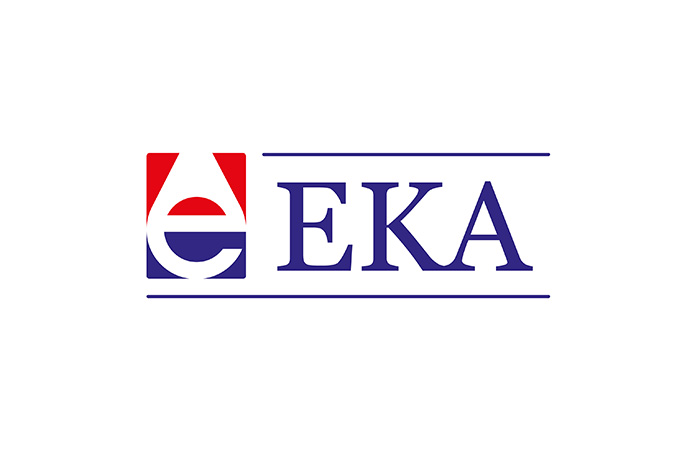New requirements for ice rinks and arenas in Olympic and World Curling Federation (WCF) competitions, issued by the WCF, mention only natural refrigerant CO2.

On 1 August 2018, the World Curling Federation (WCF) launched a new guide to ‘Curling Ice and Arena Requirements for Olympic and World Curling Federation Competitions’, citing only natural refrigerant CO2.
The new guide – which replaced a 2014 edition – states, “for environmental and safety reasons a direct expansion system must use an environmentally friendly and safe refrigerant, as for example CO2.”
Why CO2?
R744.com contacted the WCF to know more about why they cite CO2 technology over ammonia or other refrigerants. “To answer your enquiry, CO2 is mentioned as an example of a good system,” a spokesperson at the WCF stated.
Jörgen Rogstam, managing director at ice arena specialists EKA (Energi & Kylanalys), which designed many of the CO2 ice rinks currently in operation in Sweden, explains that this does not necessarily rule out other refrigerants from being used in curling rinks – including another natural refrigerant, ammonia.
“[The] phrase refers to direct expansion only, and in such an application, ammonia will never be permitted,” Rogstam said. “As [a] primary refrigerant in combination with a secondary refrigerant, ammonia may be [used], although the WCF does not mention ammonia specifically.”
“Curling sheets are seldom built […] in Europe anyway, so the business is small,” he explains, “[EKA] has designed indirect systems (pump-circulated CO2) for curling in Norway, but in those cases in combination with ammonia as primary refrigerant.”
EKA is currently designing its first CO2 direct expansion system, which will be installed in a curling and hockey rink in the Nordic countries with support from refrigeration system contractor Bravida Cooling – according to a LinkedIn post on LinkedIn by Rogstam.
The ice and events arena in Gällivare, northern Sweden will be a direct CO2 refrigeration system with two-stage heat recovery for heating the ice. “Due to the cold climate, geothermal storage is connected to the refrigeration system serving as an additional heat source for the heat pump/refrigeration system in winter,” Rogstam said. “During warmer periods the geothermal storage is recharged with sub-cooling heat from the CO2 system.”
Related stories

_1618306667.png)
_1618386319.jpg)
